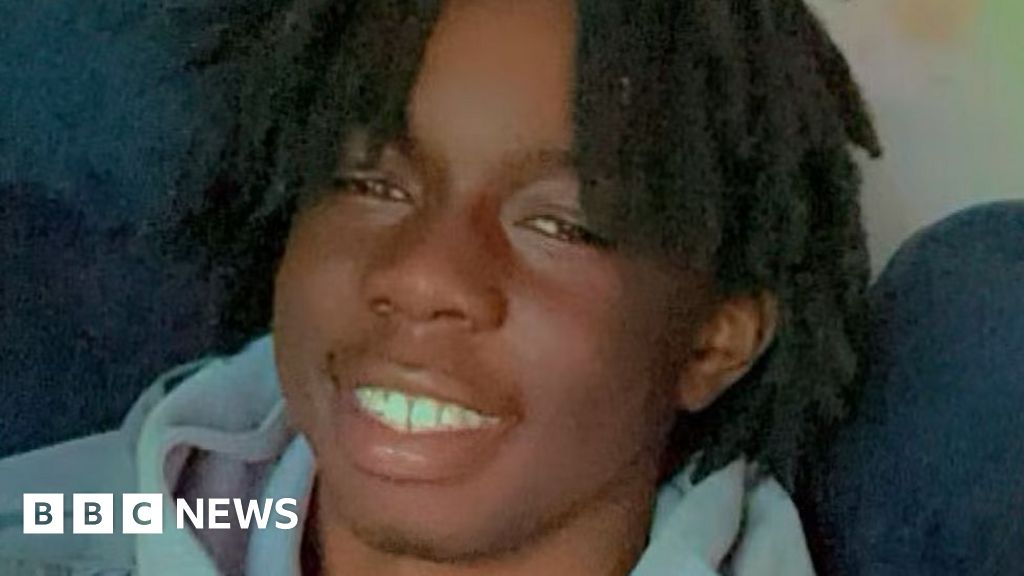Donald Trump will vow to deliver a “new American industrialism” if he wins a second term in the White House, a bid to outflank Kamala Harris on manufacturing policy in the economic duel ahead of the November election.
At a rally in Savannah, Georgia, on Tuesday, the former president is set to promote his own version of a US industrial policy centred on a promise to cut taxes for companies that manufacture in America and impose tariffs on those that don’t.
According to a senior Trump adviser, the Republican presidential nominee will vow to lure jobs and factories to the US from abroad and “personally recruit” foreign companies.
The speech will come a day after the former president attacked John Deere, the storied US agricultural machinery manufacturer, for its plan to shift some production to Mexico, warning that as president he would slap massive tariffs on products it exported to the US.
Trump’s push on foreign investment comes as the Republican candidate and his Democratic rival Harris clash on the economy — the biggest issue for voters in this year’s White House race, according to many polls.
Harris is expected on Wednesday to deliver her own campaign speech on the economy in Pittsburgh, Pennsylvania, a rust-belt city at the centre of an election maelstrom over a Japanese company’s bid to buy US Steel — a takeover opposed by both candidates and Joe Biden.
Trump’s push on foreign investment comes as Democrats warn that his plans to gut the clean energy subsidies from Biden’s Inflation Reduction Act would damage a recovery under way in industrial America and amount to a self-inflicted wound as the US competes with China.
The IRA has already triggered a rush of investment to the US over the past two years which Trump’s opponents say would be at risk if he wins a second term in the White House.
Jennifer Granholm, the US energy secretary, told the Financial Times in an interview this week that scrapping the IRA would jeopardise a “tsunami of investment” that was unfolding.
“That just seems like we would be not just unilaterally disarming, we would be stabbing ourselves because it would be so foolish,” she said.
Trump will tell his audience in Georgia that his plans, which include cutting corporate tax to 15 per cent from 21 per cent for companies that produce goods domestically, slashing regulations and boosting energy production, will make the US more attractive to foreign companies. He will also pledge to make federal land available to would-be investors.
Economists have warned that Trump’s tariff and tax plans could reignite inflation and disrupt supply chains, raising doubts about his pitch to foreign investors.
Trump has threatened to impose up to 20 per cent tariffs on all imports, and even higher levies on goods from China, raising costs for manufacturers that depend on some degree on foreign components.
His comments in western Pennsylvania on Monday also showed his willingness to use tariffs on individual companies.
“I’m just notifying John Deere right now: If you do that [shift production to Mexico], we’re putting a 200 per cent tariff on everything that you want to sell into the United States.”
On Monday, Trump also reiterated his opposition to the planned takeover of US Steel by Japan’s Nippon Steel.
“We are going to keep US Steel right here in America,” Trump said on Monday night at a separate rally in western Pennsylvania.













































































































































You must be logged in to post a comment Login